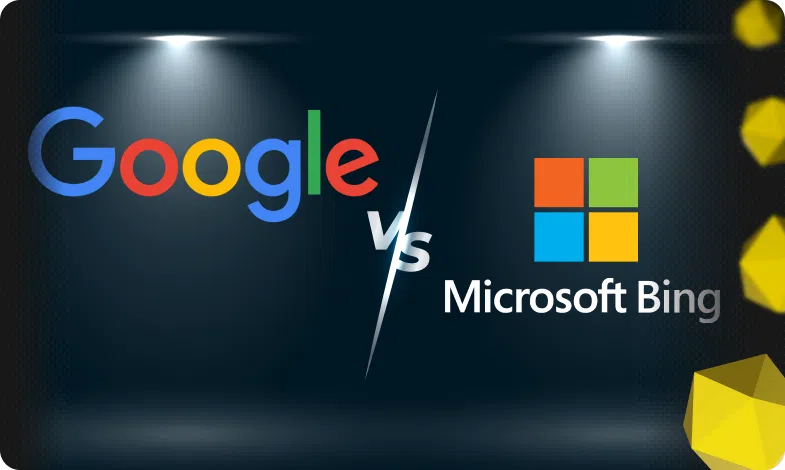Content of the article

BERT, known as Bidirectional Encoder Representations from Transformers, is a neural network developed by Google that has demonstrated high performance in a variety of natural language processing tasks, including question answering and machine translation. The model code is available for public use.
BERT models are already trained on large datasets, including not only English, which allows developers to easily implement the ready-made tool in their natural language processing projects, bypassing the need to train the neural network from scratch. The neural network can be run both on a local computer and on a free server GPU in Google Colab.
Algorithm operation
The idea is simple. BERT allows users to find information or online stores without requiring precise queries, but by understanding them as if you were communicating in real life.
The algorithm is able to understand the intent and context of search queries by considering the entire phrase, not just individual words. BERT is a machine learning program, which allows it to learn on its own.
History of BERT Development
Google has long been involved in research into understanding human language by machines. The idea for BERT emerged in 2017, when the Google AI team began developing Transformers, a project aimed at creating a new neural network architecture for understanding natural language. Transformers allowed words to be processed in the context of phrases, rather than in isolation as individual words. This project became part of the BERT search algorithm.
At the end of 2018, Google first introduced the Google BERT algorithm to the world, which is capable of analyzing natural language. Its key feature was deep bidirectionality in understanding the context of a phrase. This algorithm represents significant progress in the field of artificial intelligence and natural language understanding.
BERT’s Impact on SEO
BERT has been used in the West since November 2019 and is known to affect around 10% of Google searches. The changes are noticeable for queries containing long phrases that are often used in spoken language.
Basically, all webmasters focus on mid-frequency (MF) queries or high-frequency (HF), which consist of 1-3 words. BERT, in turn, focuses on processing long queries (LF and micro-LF). That is why some webmasters did not feel fluctuations in traffic.
Experts note that prepositions now play a more significant role, influencing the semantics of queries, which was not so noticeable before. For sites that published “human” content, there are not so many changes. They occupy high positions in search results and develop. Google focuses exclusively on the needs of users, so there is no longer a need to use keywords just for the sake of having them.
Do you need to worry about how to optimize your site for BERT?
Google hasn’t issued recommendations on this issue. Previously, it analyzed queries as a set of keywords and selected corresponding pages. BERT understands the meaning of a query by analyzing additional words in them.
Creating quality content will help improve your overall search ranking. It is important that the content meets the needs of users. It is also useful to analyze search queries, add relevant phrases, create new pages with organic content. These actions will be useful for all algorithms.
To summarize
BERT has a neural network architecture that takes into account the entire context of a query, including the beginning and participial phrases in the middle. This distinguishes it from previous models that only partially took into account the context.
The introduction of the BERT neural network into the core of Google search algorithms is the corporation’s next step towards improving its understanding of user queries.






 19/09/2024
19/09/2024  4263
4263



